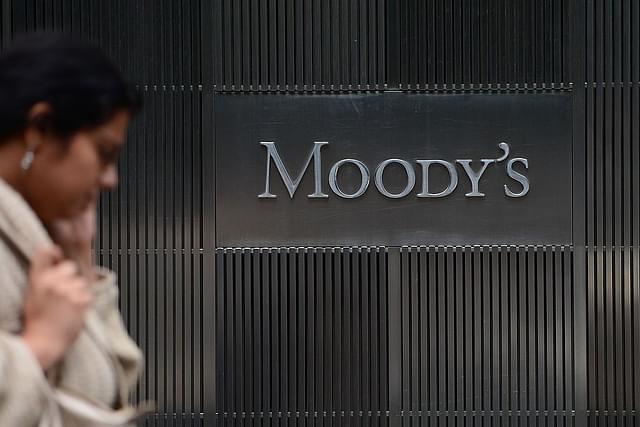Moody’s upgrades India’s outlook to ‘stable’ from negative, affirms sovereign rating
It may be looked as a dawn for new investors considering the real GDP growth expected to average around 6% over the medium term.

Moody’s Investors Service, a subsidiary of Moody’s corporation based in New York has upgraded its bond credit rating for India from negative to stable.
On the investment-grade front India still stands with a Baa3 rating, to which it was downgraded from the Baa2 category last year after maintaining the status quo for 22 long years. The reasons for the downgrade given by Moody’s were a weak implementation of economic reforms since 2017, relatively low economic growth over a sustained period, a significant deterioration in the fiscal position of both central and state governments, and the rising stress in the country’s financial sector.
However, the decision to change the outlook from negative to stable shows that the risks associated with the economy and financial sectors will inadvertently decrease. Moody’s in its latest report has stated that “With higher capital cushion and greater liquidity, banks and non-bank financial institutions pose a much lesser risk to the sovereign than Moody’s previously anticipated”. And while risks stemming from a high debt burden and weak debt affordability remain, Moody’s expects that the economic environment will allow for a gradual reduction of the general government fiscal deficit over the next few years, preventing further deterioration of the sovereign credit profile.
The upgradation comes at a time when global agencies such as Moody’s itself stated that with the increasing vaccination rates, economic recovery post covid debacle is underway with activities picking pace across all sectors. Following a deep contraction of 7.3% in FY 2020-21, Moody’s expects India’s real GDP to surpass 2019 levels this fiscal year, rebounding to a growth rate of 9.3%, followed by 7.9% in fiscal 2022.
As for the Baa3 rating, it said retaining the ratings balances India’s key credit strengths, which include a large and diversified economy with high growth potential, a relatively strong external position, and a stable domestic financing base for government debt, against its principal credit challenges, including low per capita incomes, high general government debt, low debt affordability, and more limited government effectiveness.
Instead, some experts have raised concerns on not upgrading India’s rating back to Baa2 even after a number of firms have moved to India from the neighboring China who is now known for ever stringent rules and interference in the hope of better growth and liquidity. This can all the more be seconded by Nifty’s thousand point growth from 16,000-17,000 in just 19 days and the Sensex touching 60,000 for the first time, these signs of a boom in the Indian market clearly show that India deserves an upgradation in the investment-grade ratings too.
In its defense, the rating agency has already said it could upgrade the ratings if India’s economic growth potential increased materially beyond its expectations, supported by effective implementation of government economic and financial sector reforms that resulted in a significant and sustained pickup in private sector investment. If that be the case we can surely expect a huge flow of foreign firms and investors flocking in the Indian markets in the near future.



